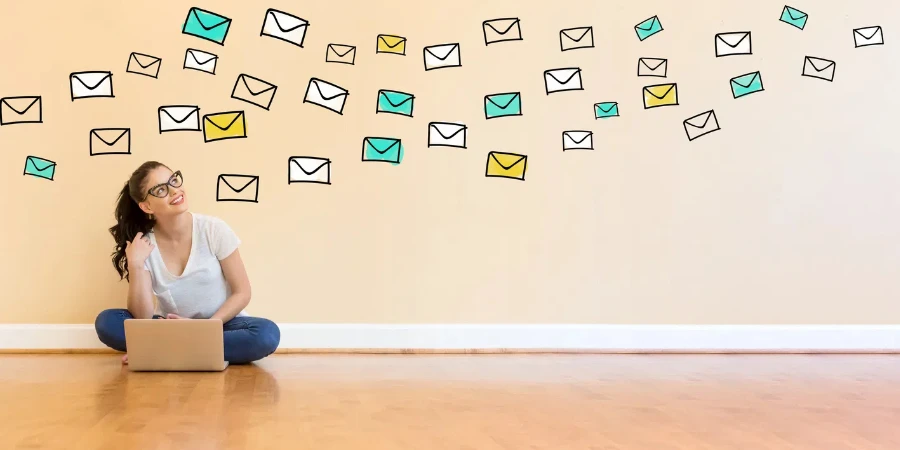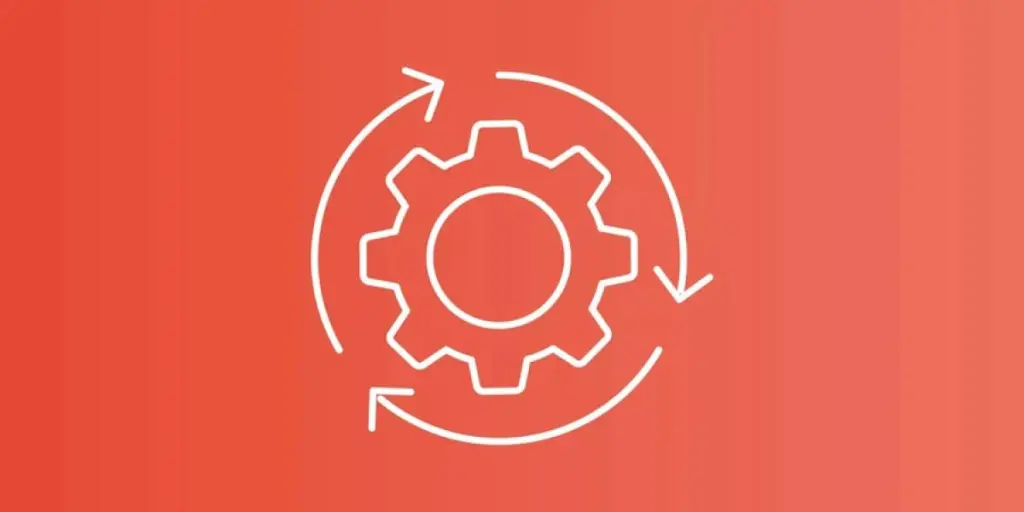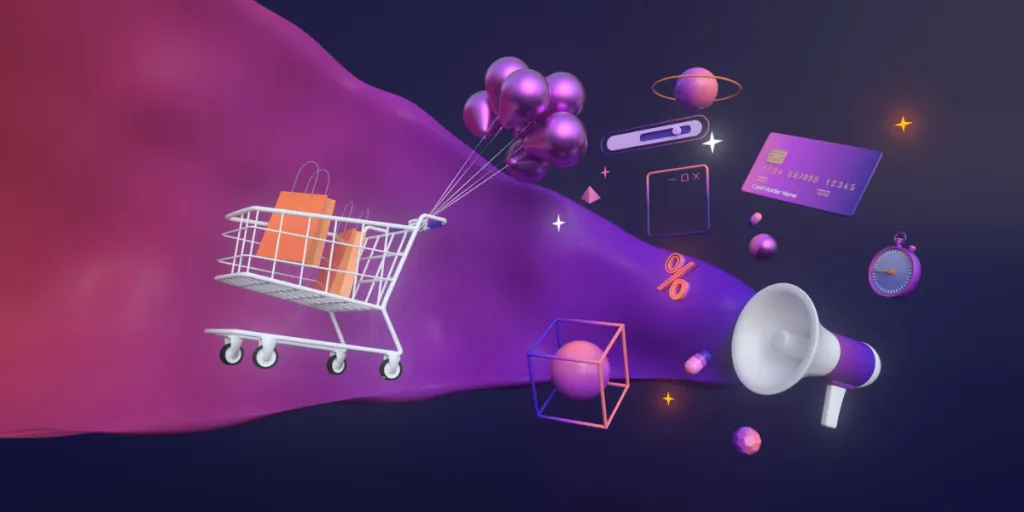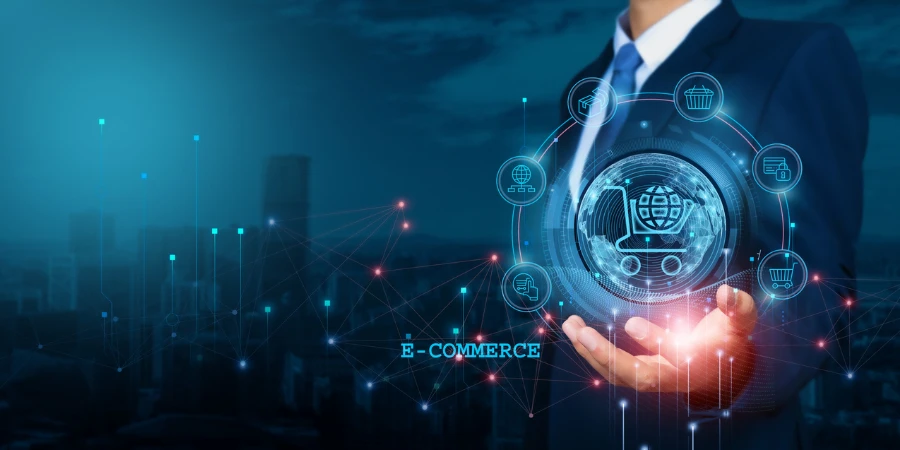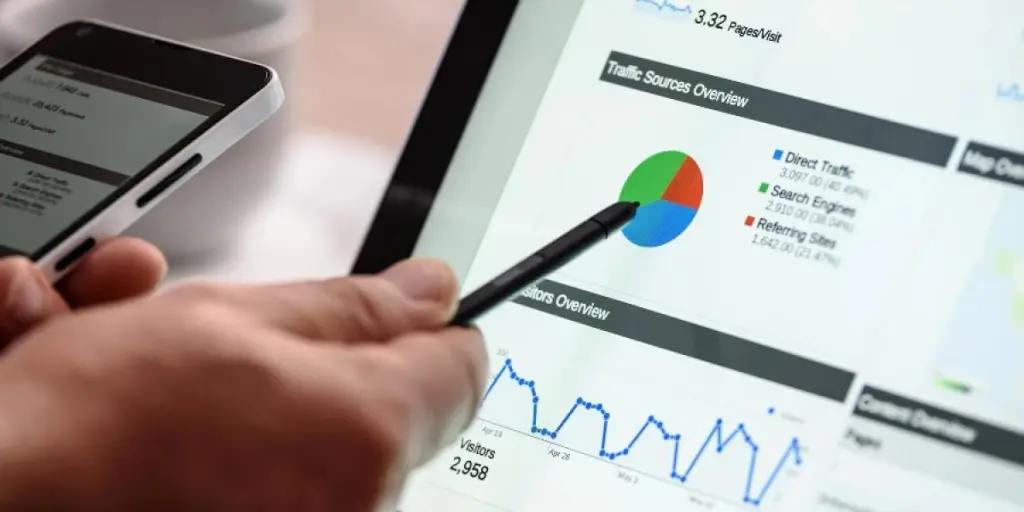Table of Contents
1. Welcome emails
2. Newsletter emails
3. Product launch emails
4. Abandoned cart emails
5. Review request emails
6. Thank you emails
7. Transactional emails
8. Announcement emails
9. Promotional emails
10. Curated content emails
11. Milestone emails
12. Survey emails
13. Holiday greetings email
14. Privacy policy update email
15. Event email
Wrap up
In today’s digital world, email remains one of the most effective forms of communication, both for businesses and individuals.
Whether you’re looking to nurture customer relationships, promote new products, or provide other important information, understanding the different types of emails, and how to use them, will significantly impact your engagement and conversion rates.
In this guide, we will walk you through 15 distinct types of email. From welcome emails for new subscribers to recovering lost sales, we’ll cover everything you need to know about creating effective marketing messages for your customers.
1. Welcome emails
Your welcome email sets the stage for new subscribers, so it’s important to make a strong first impression. This is your opportunity to get new subscribers excited about your brand so they’re more inclined to open your future emails. These emails often express appreciation, share your brand story and values, and offer an incentive encouraging them to make a future purchase.
Your welcome message should:
- Add a personal touch like addressing the customer by name
- Emphasize what makes your brand unique — whether it’s a specific feature, a core value, or a commitment to excellence
- Paint a picture of your brand so people feel like they know you
- Tell subscribers what’s coming so they stay in the loop
Your welcome email can also give them a reason to open your next email — such as offering a sneak peek, or a discount.
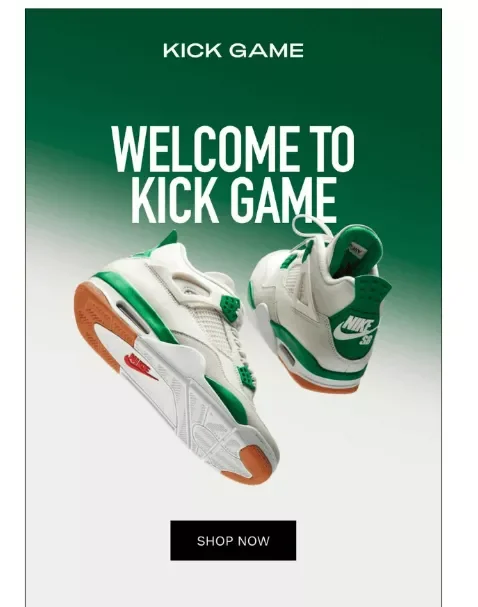
Once you’re done creating your welcome email, you can turn it into a template so it’s easy to edit and send, or even better — automate.
Using a template not only saves time and effort in crafting individual welcome emails, it also ensures that every new subscriber receives a consistent and professional introduction to your brand.
Follow this step-by-step guide with examples when creating your welcome emails.
2. Newsletter emails
Newsletter emails are a great way to stay in touch with your subscribers and encourage them to take some type of action to further engage with you, whether that action is to click a link to read a blog post or to make a purchase. Your newsletter could include a mix of company news, industry insights, blog posts, and special offers.
When writing a newsletter, keep these things in mind:
- Customize content for different groups to make it feel personalized
- Send these emails on a regular schedule so people look forward to it
- Make sure your newsletter looks good on all devices as you don’t know what device your audience will use
- Include social media links so people can connect with you in other ways

Effective newsletter campaigns usually have a consistent look that reinforces the brand’s image.
After each newsletter, review the analytics generated by your email service provider. Look at open rates, what links your subscribers clicked on, and your deliverability stats. Use these insights to help fine-tune your content and create newsletter emails that your subscribers will actually want to read and engage with.
Our newsletter templates are customizable and ready to gocan help you get started with creating your own.
3. Product launch emails
Launching a new product calls for a well-planned campaign to create a buzz and boost sales. An effective product launch email can create excitement and a sense of urgency that motivates customers to act fast. Your product launch email should include:
- A subject line that sparks curiosity and enthusiasm
- A clear, persuasive description of the new product
- High-quality pictures or videos to showcase your product
- Unique selling points of your product
- Offers and limited-time deals that encourage your audience to make a purchase
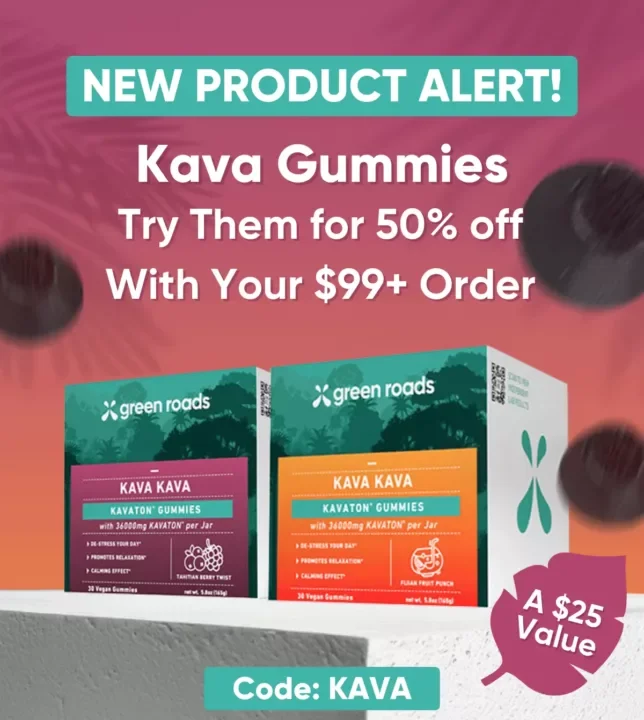
Timing is everything when it comes to launching a new product. Consider sending teasers one to two weeks before launch, the main announcement on launch day, and follow-ups within a week.
By following these guidelines, your product launch messages will inform, excite, and encourage people to take action. We have some great example emails for product launches to get you started.
4. Abandoned cart emails
Did you know that more than half of online shopping carts are abandoned? However, by sending shopping cart recovery messages, you have a chance to win back some of those sales.
Send your initial message within an hour of the cart being abandoned. Follow up with two additional emails to maximize your chances of re-engaging customers who didn’t respond to the first message. In your message:
- Show pictures and details of the items left behind to refresh their memory
- Offer a discount or free shipping to sweeten the deal
- Include testimonials from other buyers to build confidence in your brand
- Create a sense of urgency with time-sensitive offers
- Use clickable buttons so it’s easy for customers to finish the purchase

You can use fun subject lines like “Oops! Did something distract you?” or “Last chance for free shipping!” to help grab your customer’s attention and bring them back.
Create your abandoned cart email using one of our premade templates or get inspiration from our examples and start from scratch.
5. Review request emails
Asking customers for reviews is important to improving your business and understanding how your customers feel about your brand. You can use this information to enhance your products/services, improve customer service, and get an understanding of your customers’ overall experience.
When you send a review request email, it should match your brand’s look and feel, have clear steps on how to give the review, and feel like it was sent from a real person on your team. Follow these tips when you create your review requests:
- Personalize the email with the customer’s name
- Keep it brief, as to not lose readers’ attention
- Include an easy-to-click link or button to leave a review
- Consider offering a small gift or discount in return for their feedback
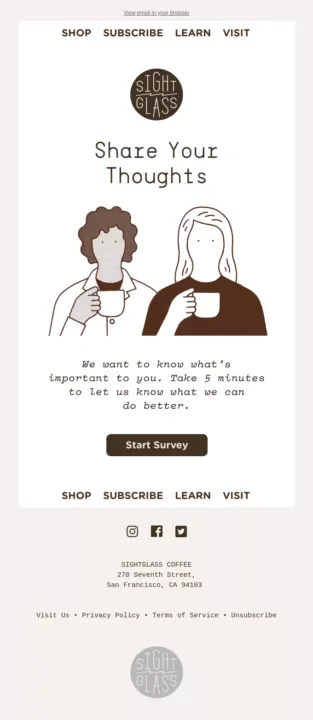
To make the biggest impact, send these emails shortly after the customer’s purchase, when the experience is fresh in their mind.
Don’t be afraid to try different email styles to find what works best for your brand and your customers. You can do A/B testing to determine which email style gets the most customer reviews.
There are many ways to ask for customer reviews. Here are some approaches you could try:
- Ask specific questions
- Offer rewards
- Add a friendly note from the staff
You can use our templates to help you create a review request that gets responses.
6. Thank you emails
Thank you emails are a way to express your appreciation and build relationships with your subscribers. A well-crafted thank you email can leave a lasting positive impression. There are a number of reasons why, as a business, you might want to send a thank you email, such as:
- Expressing gratitude for a customer’s decision to purchase
- Saying thank you when someone new subscribes to your email list
- Letting a customer know you appreciate their review and that you value their time
- Expressing appreciation for a referral, acknowledging the thoughtful recommendation
- Saying thank you for feedback after an issue is resolved
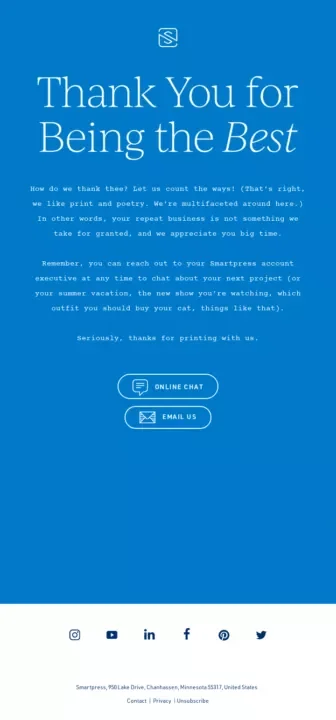
To write a thank you email that will resonate with your audience, keep these tips in mind:
- Use a subject line that clearly conveys the purpose of the email
- Start with the person’s name to make it personal
- Express your appreciation early in the email and be specific about what you’re thankful for
- Keep it short and to the point
- If it’s appropriate, include a call to action
Try to send your thank you email within a day, and aim for a tone that’s professional but friendly. Offering a small gesture, like a discount on a future purchase, can go a long way toward further strengthening your connection.
To get started, check our thank you templates to show appreciation to your customers.
7. Transactional emails
Transactional messages are automated and personalized messages that are triggered by specific user actions or events.
Unlike marketing emails that promote products or services, this type of email provides information related to a customer’s interactions with you. Order confirmations, shipping updates, and password reset instructions are types of transactional emails, and they play an important role in building trust and improving user experience.
While mainly informative, transactional messages should also:
- Suggest related products or services to enhance the customer’s experience
- Be tailored for each person’s situation
- Be easy to read on any device the customer may be using
- Include contact information for customer support
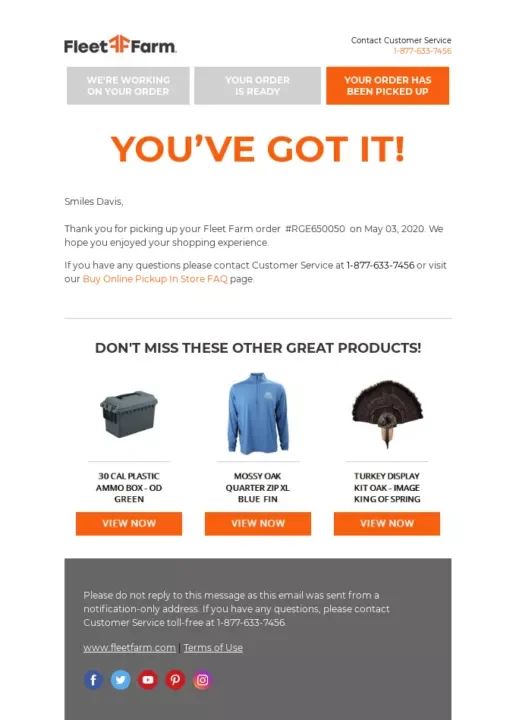
Keeping a consistent brand voice and design across all transactional messages is crucial. It helps create a sense of connection and loyalty among customers.
8. Announcement emails
Announcement emails are a valuable tool for sharing important news with your audience, like introducing new products, celebrating wins, promoting events, or offering special deals. These emails help to boost engagement, generate excitement, and drive sales.
Successful announcement campaigns have:
- Catchy subject lines
- Detailed information about the announcement
- Design elements like graphics and videos to make the email more visually appealing
- Clear calls to action like visiting a website, registering for an event, or making a purchase
- Personal touches like addressing the subscriber by name
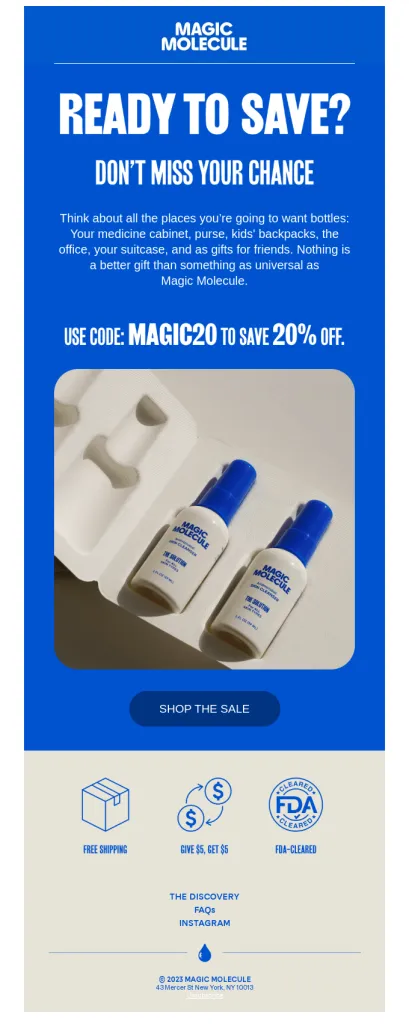
When creating your announcement message, follow these best practices:
- Divide your audience into segments for more targeted messaging
- Use a recognizable sender name that will be familiar to your subscribers
- Make sure the design is optimized for mobile
- Write exciting, attention grabbing copy
- Test different versions to see which performs best
Timing is key, so send messages when your audience is most likely to read them. If you have a global audience, consider the fact that your subscribers are in different time zones.
Not sure where to start? Check out these examples of announcement emails for inspiration.
9. Promotional emails
Promotional emails are a key element of any marketing strategy, as they are designed to boost engagement, drive traffic, and increase sales. They often highlight exciting deals, discounts, or new products.
Effective promotional campaigns should have:
- A clear and compelling subject line that encourages opens
- Clear calls to action
- Detailed information that highlights that promotion and uses clear and persuasive language
- High quality graphics
- Personalized content, such as the recipient’s name and content that’s tailored to their interests
- A sense of urgency
- Social proof like testimonials, reviews, or case studies to build trust

To improve your promotional email campaigns, start by dividing your audience into segments. Only send emails to segments that you think will be interested in the offer. A/B testing is also helpful in finding what works best with your customers. Lastly, add footer information like your contact details and social media links for sharing.
Here are a few different types of promotional offers you can use:
- Flash sales
- Seasonal deals
- New product launches with intro prices
- Exclusive discounts for loyal customers
- Product bundles
Send promotional offers when your audience is likely to be checking their email. Always include an easy way to unsubscribe, respecting their choices and following marketing rules to build lasting relationships.
10. Curated content emails
Curated content emails involve sharing high-quality content you’ve gathered from third-party sources. The benefit of this type of email is that you can share valuable content your audience wants to read without needing to create all the content from scratch.

Curated content emails often attract high open rates because of their relevance and value to your audience. They can also enhance your brand’s credibility and authority as you present yourself as a knowledgeable and trustworthy source of information.
If you want to create curated content, try these strategies:
- Choose content that aligns with your audience’s interests and needs
- Group similar types of content together and use clear headings so the content is easy to navigate
- Add your own commentary or highlight key points to position yourself as an expert and enhance the value of the content for your readers
- Follow a regular schedule for sending curated content to keep your audience engaged
11. Milestone emails
Milestone emails are designed to celebrate and acknowledge significant events or achievements related to customers or your business. You can send these to mark occasions like customer birthdays, anniversaries of their relationship with the company, purchase anniversaries, or important company milestones.
These types of emails usually have:
- A subject line that grabs attention
- A celebratory message
- Details about what’s being celebrated
- A heartfelt message of appreciation
- A discount

If you want to create an effective milestone email, consider the following tips:
- Tailor the content based on the specific milestone
- Include a call to action that encourages people to take action, whether it’s sharing the milestone on social media or redeeming a special offer
- Use visually appealing images that reflect the celebratory nature of the milestone
- Consider including exclusive discounts or rewards to incentivize engagement and purchases
As you can see, these emails not only celebrate milestones but also create opportunities to offer exclusive rewards or promotions. Additionally, milestone emails contribute to building trust by demonstrating genuine appreciation for customers’ continued support.
Crafting milestone emails that resonate with your audience requires creativity and personalization. Take a look at our templates for practical examples and inspiration.
12. Survey emails
The goal of a survey message is to gather feedback, opinions, and information from your customers that you can use to guide your sales, marketing, and customer service teams. When done right, these messages can uncover a wealth of valuable insights for your business.
Creating effective survey messages means including several key elements, such as:
- A subject line that clearly says it’s a survey
- A quick explanation of why you’re asking
- An estimate of how long it’ll take
- A reward for participating
- A direct link to the survey
- A sincere thank you
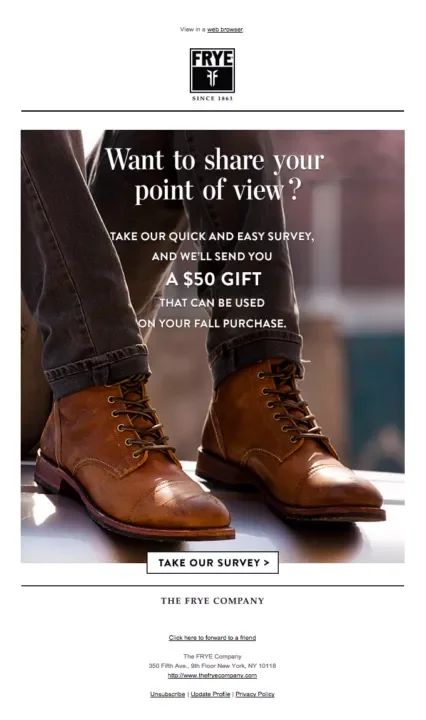
You can use these tips to help guide your survey messaging:
- Keep the survey short to increase the likelihood people will finish it
- Make sure it’s easy to read on a mobile device
- Add personal touches like addressing the recipient by name
- Send friendly reminders to motivate those who might have forgotten
- Consider offering an incentive to encourage people to complete the survey
- Share the results to show you value their input
You’ll want to send survey messages to:
- Check customer satisfaction
- Ask for product feedback
- Do market research for a new product
- Gauge how employees feel
- Gather insights on customers’ preferences
Remember that timing is crucial and to be careful not to send too many survey emails, as you might risk overwhelming the recipient. The ideal number can vary by industry, so evaluate the response rate and monitor closely to watch for an increase in your unsubscribe rate.
With our survey email templates and examples, you’ll have no trouble sending these out to your customers and get feedback you need to improve.
13. Holiday greetings email
During the holiday season, sending heartfelt greetings via email can strengthen your relationships with customers and clients. Some holidays you can send emails during include:
- Christmas
- Hannukah
- Kwanza
- New Year’s
- International Women’s Day
- Mother’s Day
- Father’s Day
- Customer Appreciation Day
- Thanksgiving
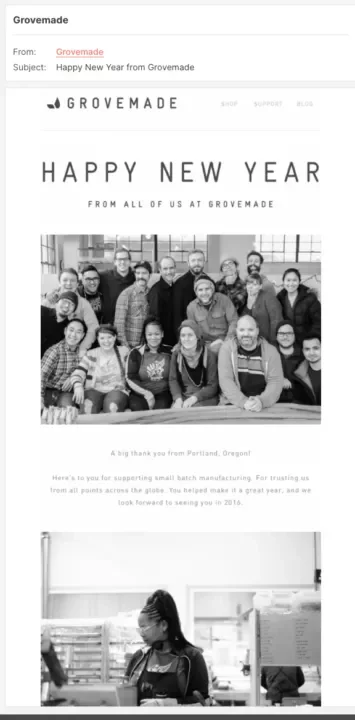
When sending holiday greetings, try to segment your audience and ensure the segment fits the holiday. You wouldn’t want to send a Happy Mother’s Day message out to fathers and vice versa.
Here are some other helpful tips for sending holiday greetings:
- Tailor each greeting to the recipient
- Maintain a balance between warmth and professionalism
- Include a digital or handwritten signature where possible
- Plan your campaign early to convey sincerity and avoid being rushed or late
- Use festive designs that still align with your brand image
- Include a genuine thank you for their support over the past year, if appropriate
Need some additional ideas for how to handle your email marketing during the holidays? Try these 10 proven holiday email marketing tips.
14. Privacy policy update email
Privacy policy update emails are crucial for informing users about changes to your policies while maintaining transparency and compliance.
You’ll want to update your privacy policy and send a notification email to your customers when there are changes in data practices, the law, or if you launch new products or services that collect data.
When sending a privacy policy update email remember to include:
- When the policy update goes into effect
- Summary of the updates
- Reason for the updates
- User options if the user does not agree with the changes
- A link to the full privacy policy
- Contact information in case they have any questions
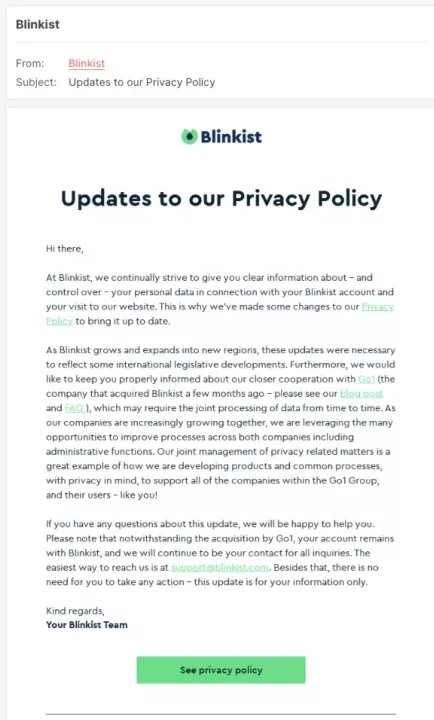
When you’re summarizing the changes to your policy, make sure you use simple language that your customers can easily understand. Don’t copy and paste the legal jargon, as this could confuse your customers and cause them to opt out of future emails.
15. Event email
Event emails are an essential ingredient for engaging attendees and promoting your event effectively. To ensure a successful event, it’s a good idea to send both an event invitation as well as event reminders, followed by a recap after the event.
Event invitations
You’ll want to send event invitations to your audience to formally invite them. For event campaigns, make sure you:
- Send the email well in advance of the event so your potential attendees have time to plan for it
- Include a clear subject line that captures their attention and communicates the reason for the email
- Include essential details like the name of the event, and the day and time
- Provide a location for the event — either a physical address or a virtual location
- Describe the purpose of the event and what will be happening
- Include any registration information or deadlines
- Add contact information in case there are questions
- Include social media links to help spread the word

Event reminders
Even if your audience has every intention of registering for your event, people get busy and may forget to sign up. A quick event reminder email can help your audience in case they forget the date/time of the event or to register. You can send reminders:
- Before registration closes
- Before any deadlines like hotel reservations or VIP additions
- Before the event itself
Event recaps
After the event, you should send a recap email. This email should include a brief thank you message to attendees, highlight key speakers or sessions, share any important announcements made during the event, and encourage further interaction or feedback.
This type of email helps extend the event’s impact, keeps attendees informed, and sets the stage for future events.
Wrap up
These types of emails and best practices allow you to connect with your audience, build customer loyalty, and grow your business.
These different types of emails play a specific role in the customer journey, from first contact to long-term retention, and with these insights, you’re well-equipped to craft emails that truly resonate with your audience and help you achieve your marketing goals.
Remember, the key is to always put your audience first, providing value in every message you send.
Source from Omnisend
Disclaimer: The information set forth above is provided by omnisend.com independently of Alibaba.com. Alibaba.com makes no representation and warranties as to the quality and reliability of the seller and products.
